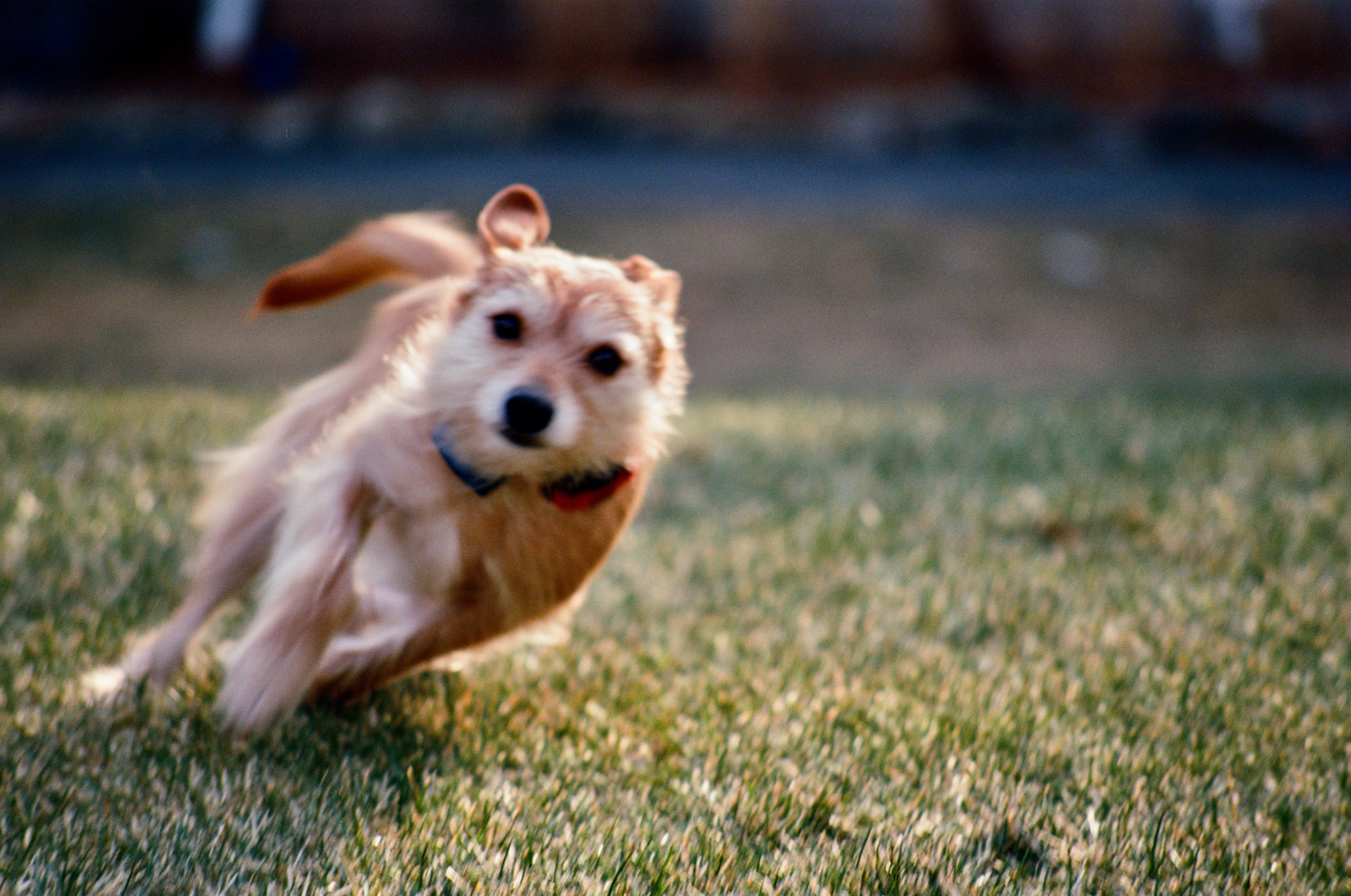Last Updated on 04/04/2023 by Chris Gampat
When we talk about digital photography, we generally refer to DSLRs and mirrorless cameras. Or at least the era where analog film began being replaced by digital sensors. What many of us may not be aware of is that digitization in cameras began much earlier than this. I’m tempted to say it might have been when battery-operated digital light meters were a part of SLRs. Aside from that, some SLRs of the 90s had data-saving capabilities. This interview is about how Evan Schmidt fell in love with one such camera and how he improves his photography with it.
Cameras Had Digital Capabilities for Longer Thank You Think
Remember point-and-shoot analog cameras that used to imprint the date on the negative? That was unnecessary if you were organized enough to date your albums and prints. But for most of us, this was the only way to remember when you took a photo. Then it kind of became annoying to see that date on every single holiday image. I recall being at a fireworks shoot with my grandfather and mother many years ago. A new unexposed roll of film was loaded into his Nikon FM2 SLR. Mom was given the duty of noting down the settings that granddad would tell her. This would allow him to analyze the images later and see which settings worked for which frames. When the fireworks started, grandad was shooting and changing settings on the fly. Mom barely had time to scribble what he was dictating. Ultimately, she couldn’t jot down what he was dictating quickly enough.
Her task would have been irrelevant if granddad owned a camera like the Nikon N90s. This was the model name in the USA; it was known as the F90x everywhere else. It not only saved the date of capture in its memory, but in the EXIF data too. The Nikon N90s could store EXIF data for 34 rolls of 36-exposure film. Add in the AC-2E card, and it could store up to 52 rolls of EXIF data: not bad for an era when computers weren’t yet commonplace, but the ‘digital diary’ was making its presence felt as a must-have gadget. As his father was a Kodak employee, Evan Schmidt was introduced to photography at a very young age.
The Essential Photo Gear Used By Evan Schmidt
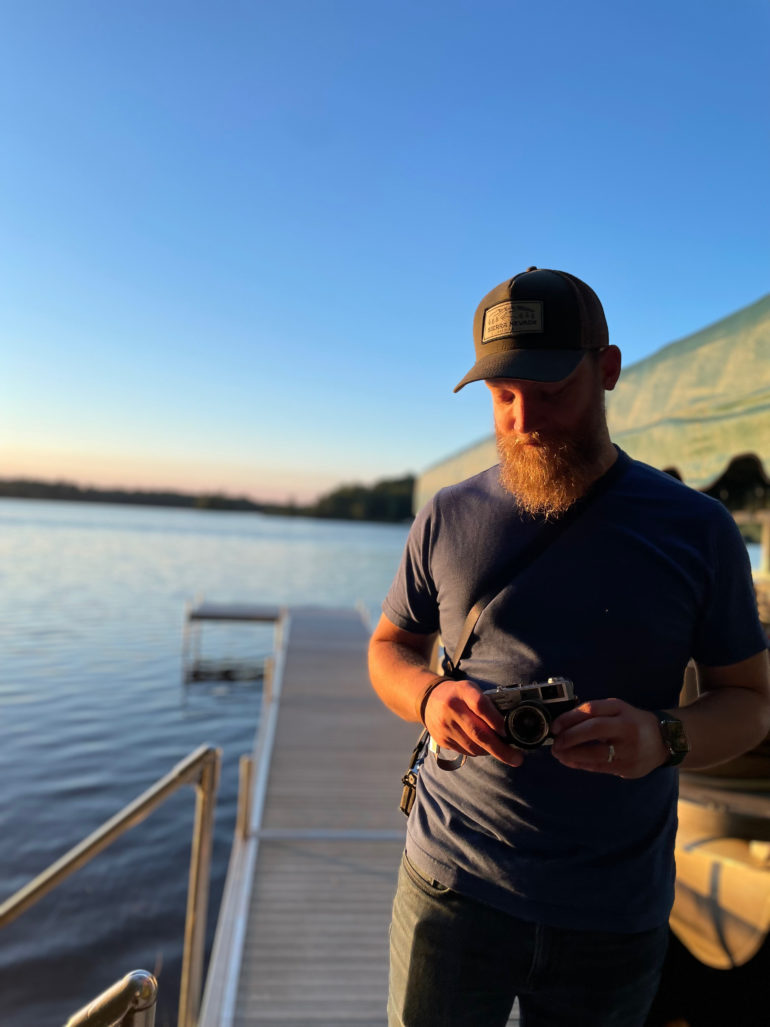
Evan told us:
- Nikon N90s
- Nikon F100
- Olympus 35 SP
- Olympus 35 RC
- Leica M4 black paint
- Fuji GW690III
- Datalink card
- Sharp Wizard personal organizer
Evan Schmidt’s Journey To Photography
“We were a dedicated Kodak and Nikon family as I was growing up,” Evan said of his childhood. “Because of his career, I got to see some cool Kodak technology, particularly in the digital space. When I was young, I got to shoot with some of the first prototype DCS Pro 14n bodies – a 14MP Kodak SLR based on a Nikon F80 body, in the days when 4MP consumer cameras were considered top-of-the-line.”
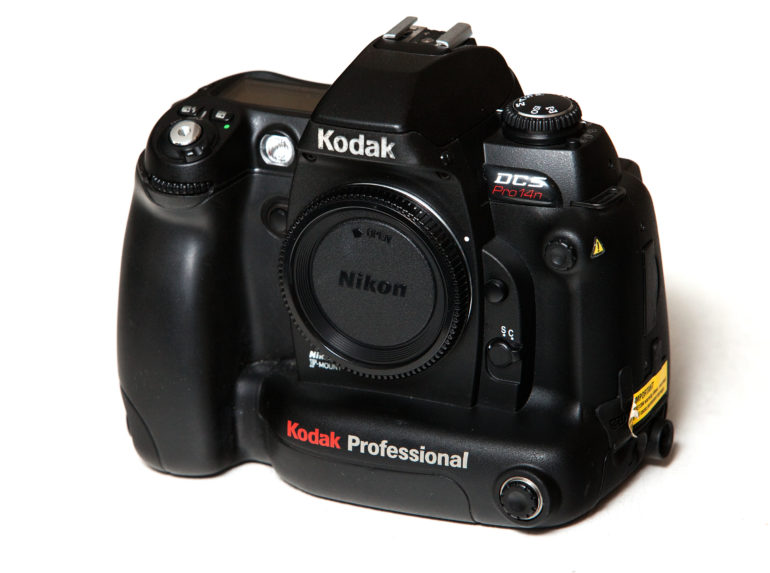
Attribution-ShareAlike 4.0 International (CC BY-SA 4.0)
For many years, Evan used a Canon Rebel 2000 in high school. In college, he had to drop photography as a hobby as film was starting to become expensive. His grandfather’s old Graflex Speed Graphic was too big to lug around. One Thanksgiving day a decade later, his parents visited him. “I was showing my dad some film photos I had seen on Instagram that really amazed me,” said Evan. “My dad offered to bring over his old Nikon bodies and a few lenses; he has been a Nikon DSLR shooter for many years, and his film gear hadn’t been getting any use. He gave me three bodies – the N8008 that is responsible for almost every photo of my sister and me as children, and an N90s and N8008s that he cleared off his desk at Kodak when he retired, likely used for experimentation or product development.”
I really enjoyed the N90s with the faster and more sensitive autofocus. I put together a set of prime lenses, Nikkor 35mm f2.0, 50mm f1.4, and 28mm f2.8, all AF-D models. The 35mm is one of my favorite lenses and focal lengths to shoot.
Evan Schmidt
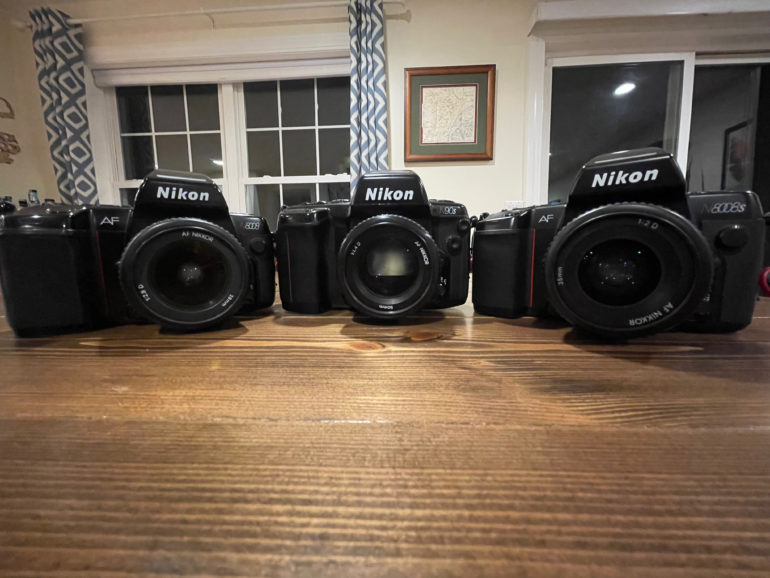
How Evan Got Hooked On The N90s
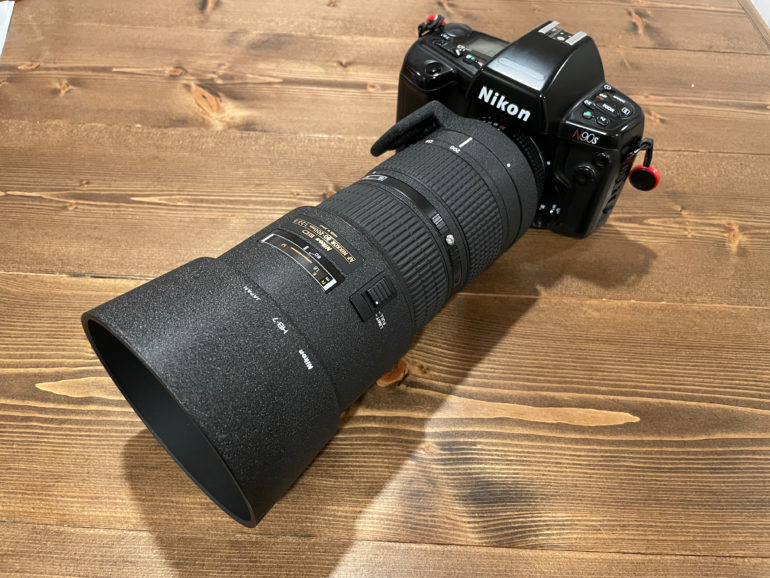
He tends to go into a rabbit hole when he decides to get into a hobby, and the N90s was no exception for Evan. “I researched everything I could about the N90s when I started using it,” he says nostalgically. “The fact that it could save and recall shooting data was a feature that seemed too cool to me to pass up.” He first found a Sharp Wizard personal organizer and the matching Nikon data cable on eBay. Then Evan located a NOS “datalink” card specific to the N90s for the Sharp organizer.
Getting data from the organizer onto a PC wasn’t straightforward, so Evan had to dig deep on the internet. He finally located a Meta35 cable and software. This works with a range of Nikon cameras from the N90s to the F6 and can transfer data directly to a Windows PC. Unfortunately, the company doesn’t exist anymore, says Evan, but the cable he purchased did precisely what he wanted it to do.
Evan Feels It’s Helped Improve His Photography
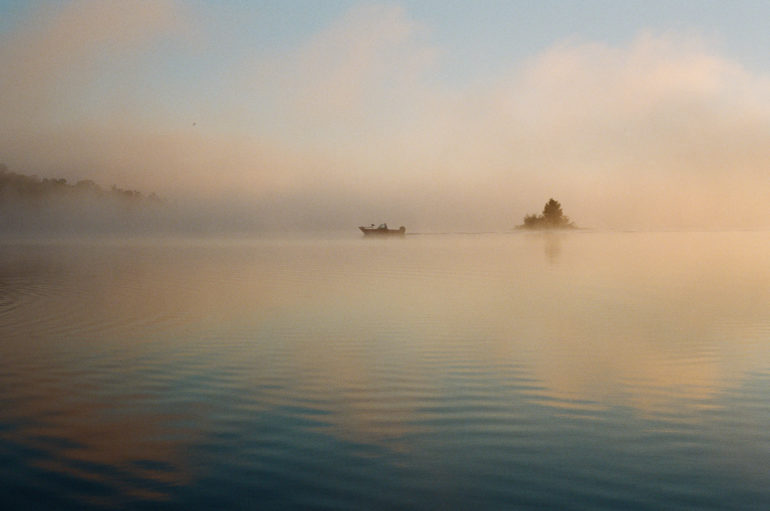
Once he scans his analog film from his N90s (and Nikon F100), Evan religiously embeds the shooting data from these cameras onto their respective scans. He then makes edits and additions (like film roll number, lens type, and camera model) using EXIFTool. After this, the updated files are uploaded into his iPhotos library for storage and editing.
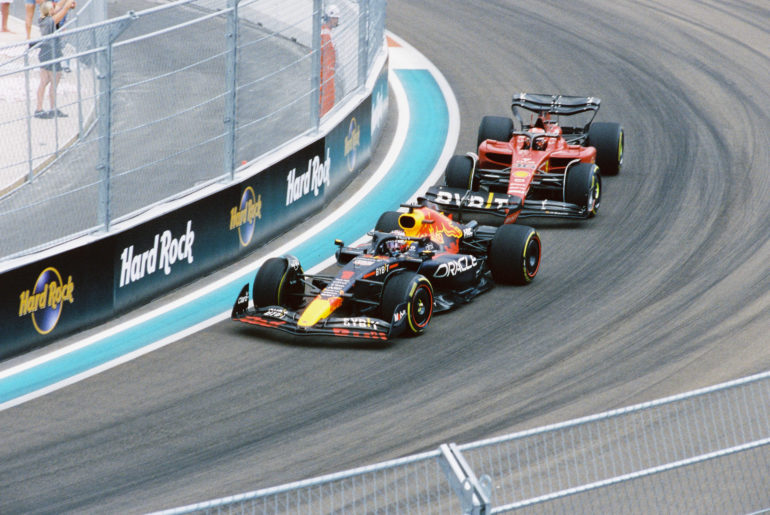
“Absolutely, this habit has helped me improve my shooting,” confidently says Evan. “I add whatever data I have to my scanned images, even for photos taken on older manual cameras. It has helped me develop a good understanding of my favorite film stocks and has allowed me to diagnose why certain photos have worked or haven’t worked. When I arrived home from the F1 race in Miami, I had shot 18 rolls of film on the F100 and N90s, and I was able to understand which techniques worked and didn’t, like which shutter speeds were best for panning shots. It also helped me calibrate my eye to the depth of field for a given aperture – I have a better mental image of what f/1.4 vs. f/5.6 vs f/11 looks like.”
The fact that it could save and recall shooting data was a feature that seemed too cool to me to pass up.
Does It Dampen The Analog Experience?
I asked Evan if he felt this took the fun out of analog shooting. “Not at all,” came the reply. “I think it adds to the depth of the experience. Having multiple types of cameras lets me experience each for what it is – I can enjoy the slow pace of shooting with a meterless, 60-year-old Leica while also enjoying the advanced technology of the best prosumer cameras available during the height of film camera technology. My next step is to really focus on shooting more and shooting what matters. I’ve spent more time taking pictures of my family, which to me, are the most cherished photos I have.”
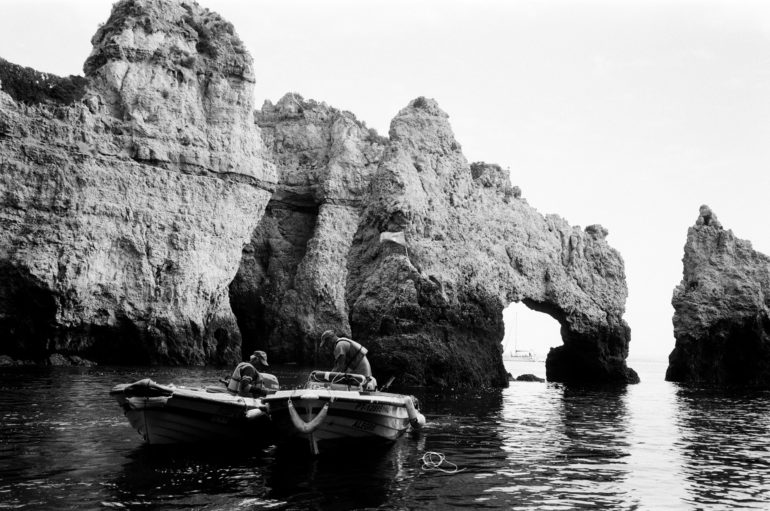
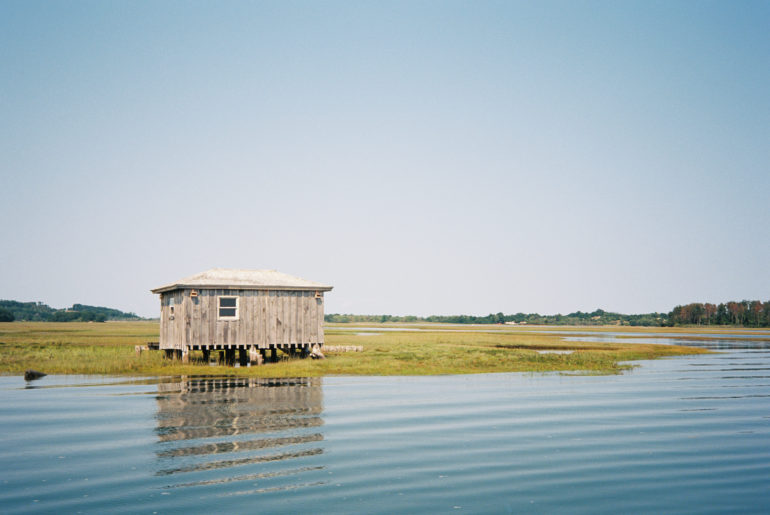
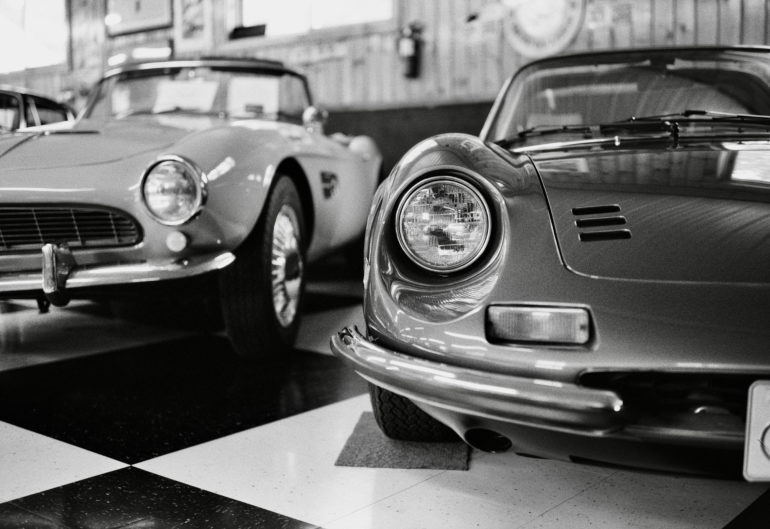
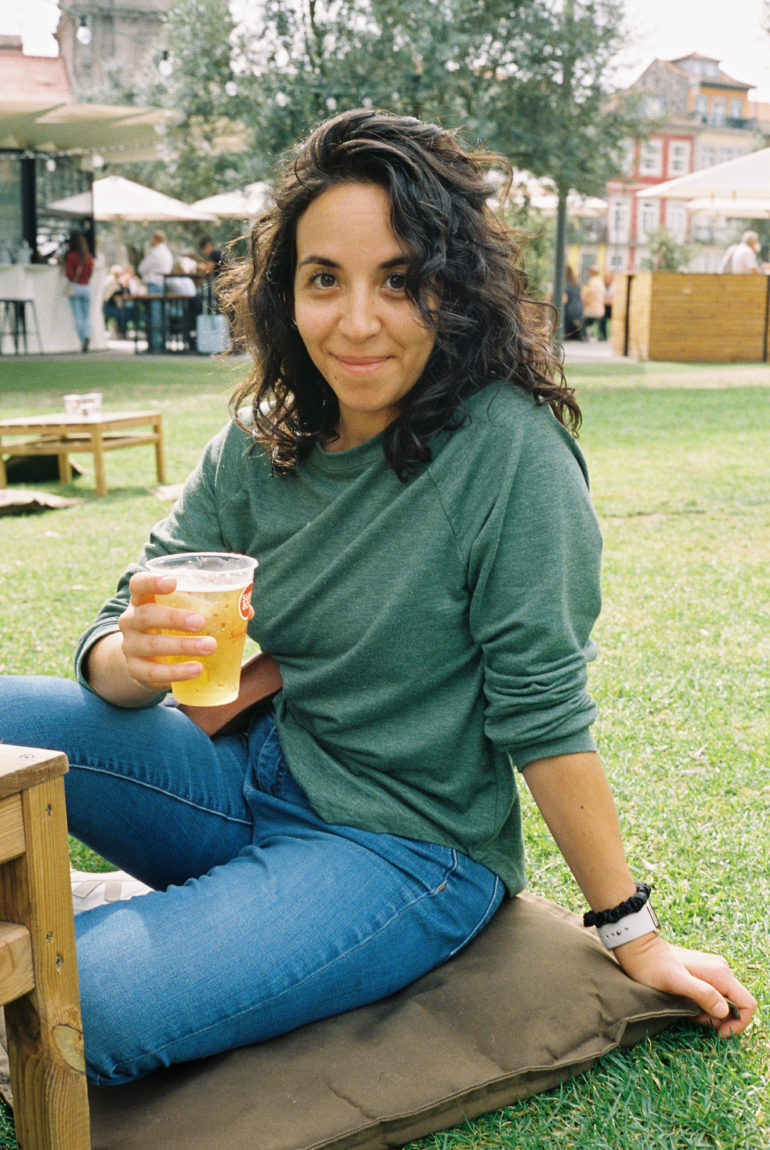
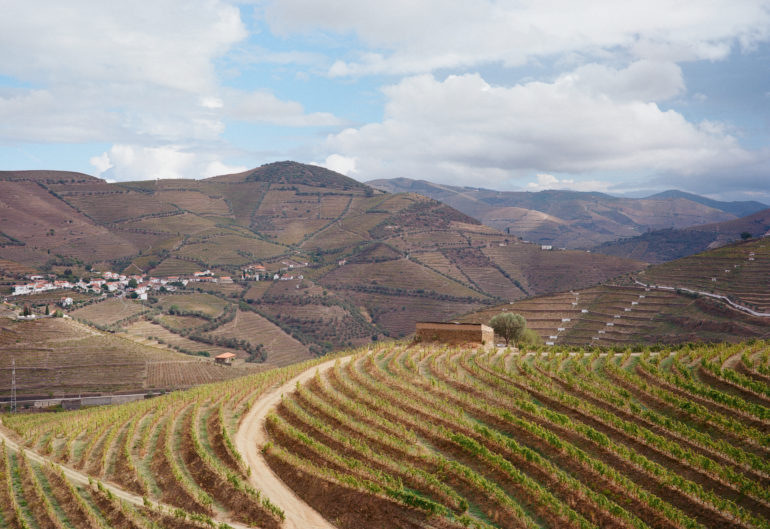
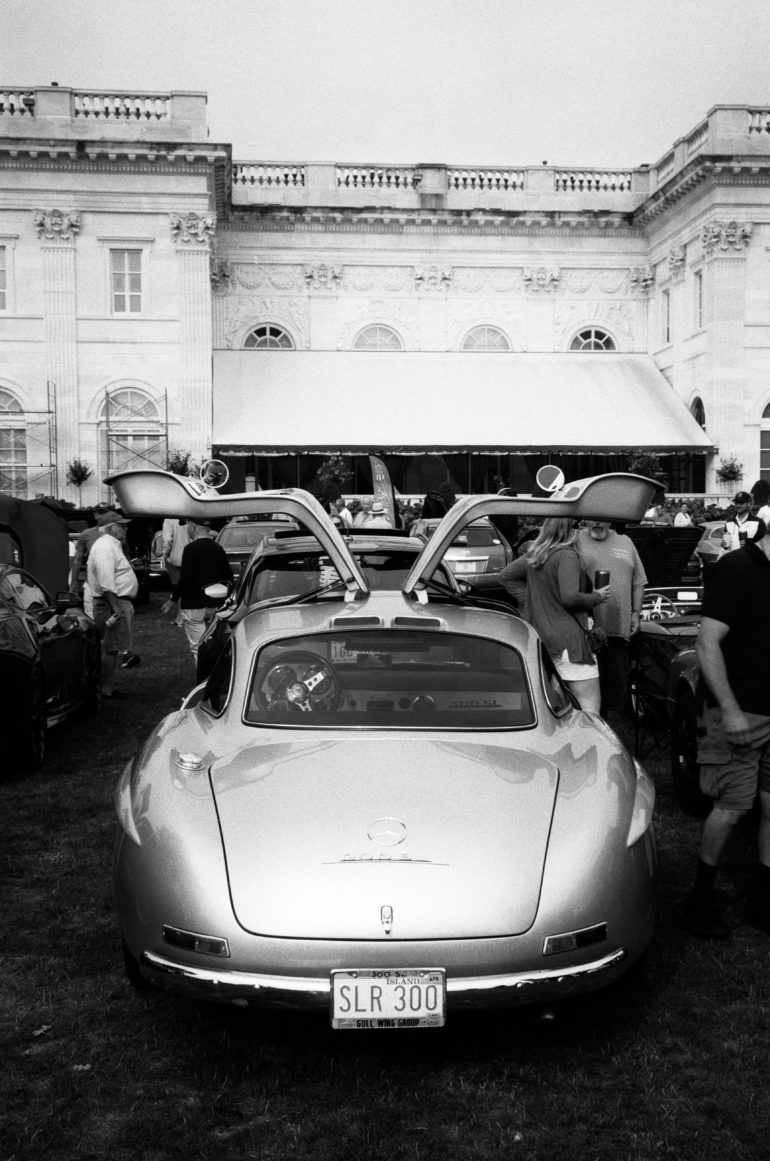

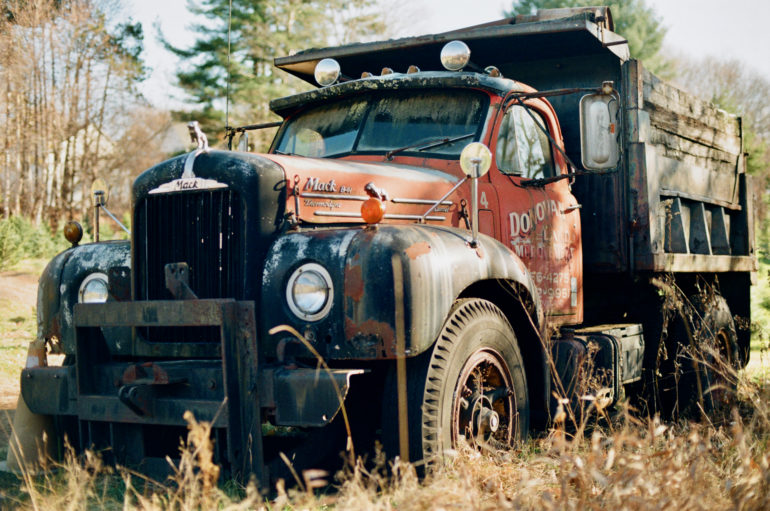
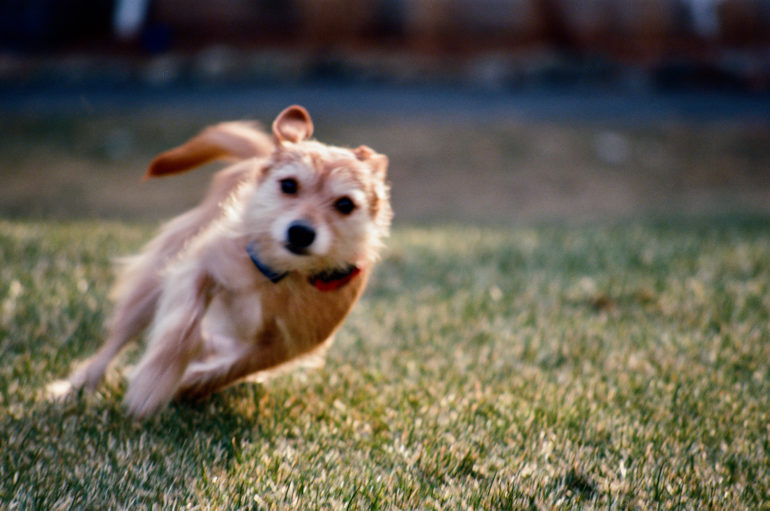
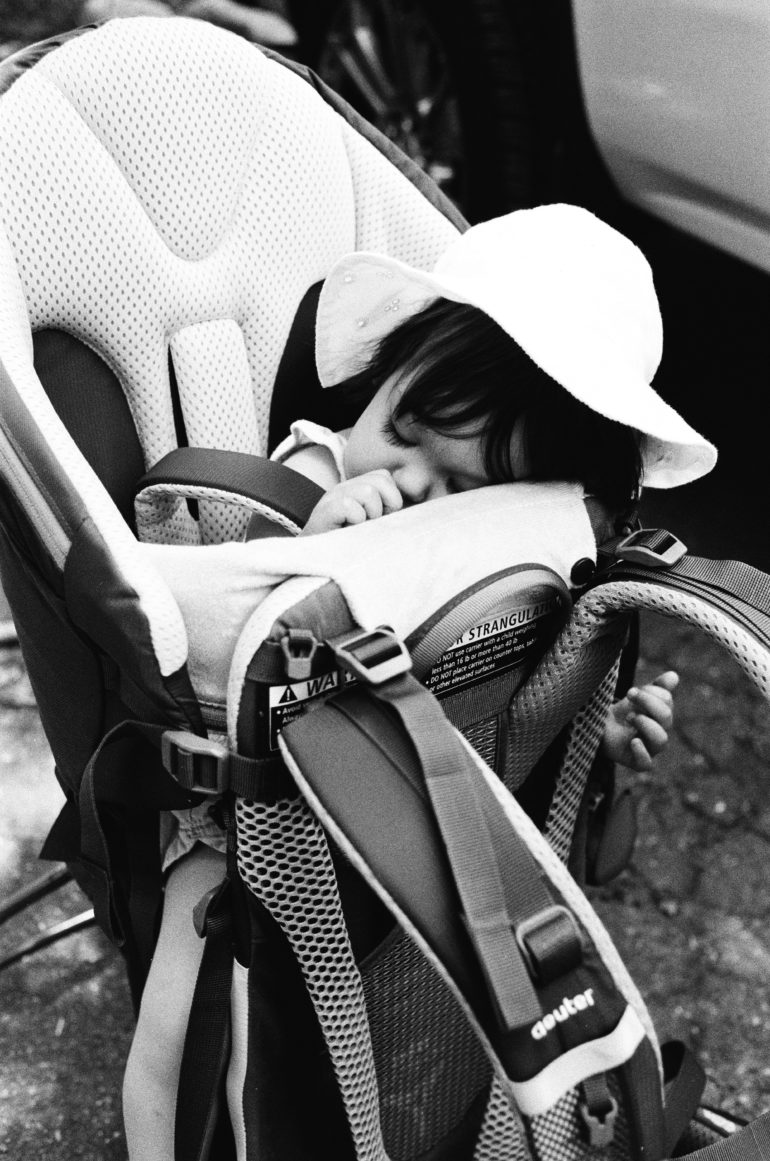
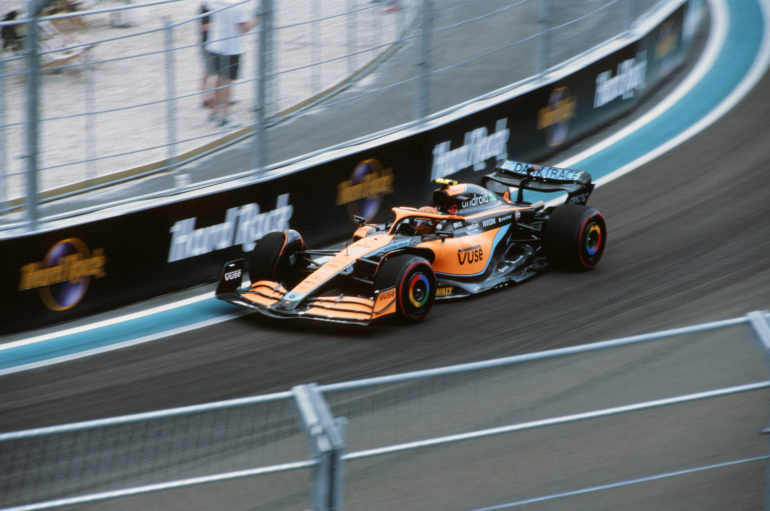
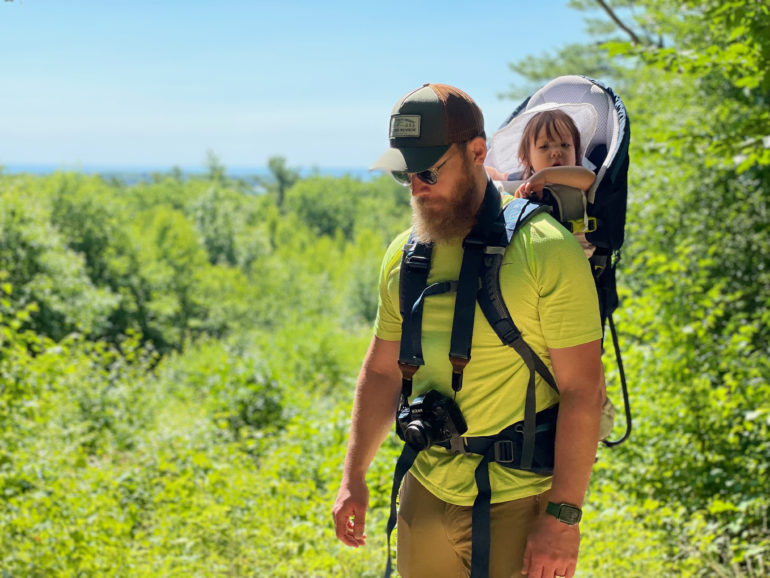
All images used with permission. Check out Evan’s Instagram page to see more of his work. Want to be featured on our site? Here’s how!


